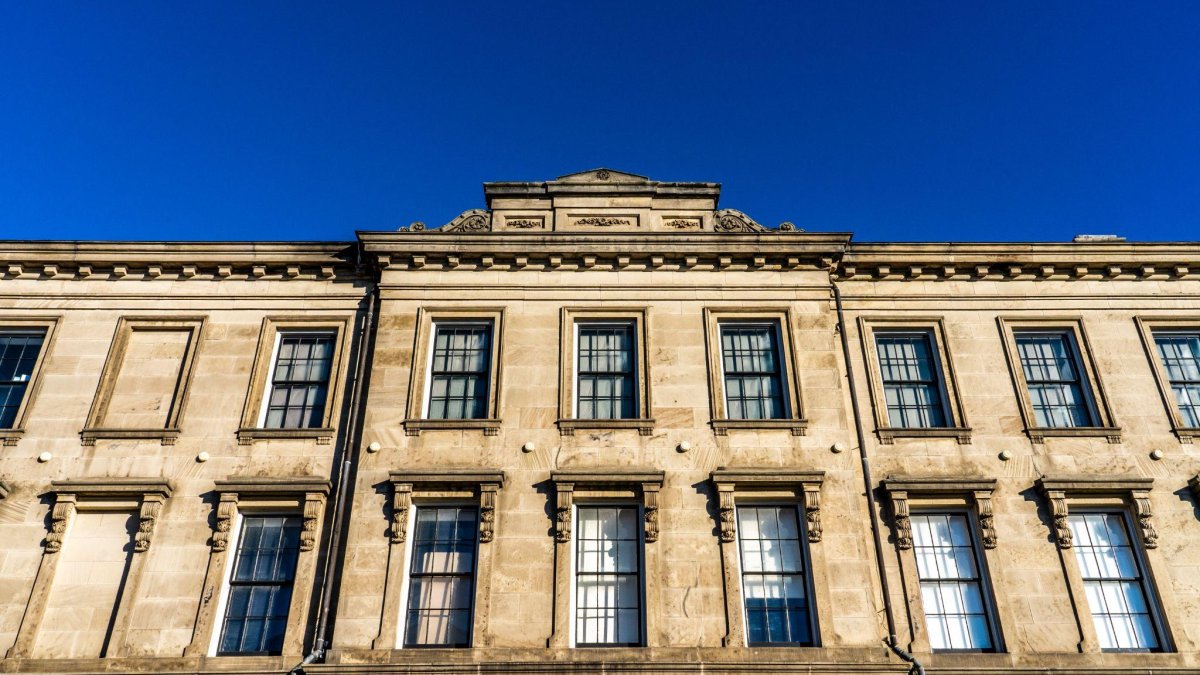Lime putty, largely recognized as a traditional building material, has been utilized in construction for centuries. Derived from heating limestone, it is a sustainable, breathable, and antibacterial substance that is gaining resurgence in both modern and historical building repair.
Below is a guide to understanding what lime putty is, the difference to other lime products, and how it can be used for building and construction purposes.
Understanding Lime Putty
Before delving into the intricacies of lime putty, it’s essential to understand its origin. Lime putty is a non-hydraulic lime, obtained from burning pure limestone and slaking it in an excess of water. The process results in a product that remains flexible and breathable – characteristics that make it highly desirable in construction and restoration works.
Hydraulic vs Non-Hydraulic Lime
The distinction between hydraulic and non-hydraulic lime lies primarily in their setting process and water resistance. Hydraulic lime contains clay impurities which, when the lime is mixed with water, enables it to set through a chemical reaction. This process allows hydraulic lime to harden in damp conditions and provides it with a degree of water resistance, making it suitable for exterior work or areas exposed to the elements.
On the other hand, non-hydraulic lime, like lime putty, does not contain these impurities and sets by reacting with carbon dioxide in the air, a process known as carbonation. This means it must remain breathable and cannot be used in damp conditions until fully cured. However, its flexibility and breathability offer significant advantages in restoration and conservation works, particularly with older buildings that require a sympathetic approach.
Benefits of Lime Putty vs Cement
In the comparison between lime putty and cement, lime putty offers several distinct advantages, particularly when applied to older structures. Firstly, lime putty is inherently breathable, allowing moisture to naturally evaporate. This quality helps safeguard against trapped moisture that could lead to structural damage. Cement, on the other hand, creates a waterproof barrier that can trap moisture within walls.
Secondly, lime putty is flexible and able to accommodate minor building movement, thereby reducing the risk of cracking. In contrast, cement is rigid and may crack if the building moves or settles.
Lastly, lime putty is more environmentally friendly compared to cement. Its production process releases less carbon dioxide and, over time, lime putty mortar reabsorbs some carbon dioxide from the atmosphere, slightly offsetting the carbon emissions generated during its production.
While cement may be more suitable for some modern construction applications due to its strength and resistance to water, lime putty offers breathability, flexibility, and eco-friendliness, which are particularly advantageous in the restoration and conservation of historic buildings.
Versatility of Lime Putty
The versatility of lime putty is one of its most appealing characteristics. Used in a range of applications from plastering walls to repointing brickwork, lime putty is an adaptable and durable material. It is even used in the conservation of historic buildings, thanks to its compatibility with older brick and stone structures.
The Sustainability of Lime Putty
In this age of environmental consciousness, the sustainability of lime putty stands out. Unlike cement, the manufacturing of lime putty emits significantly less CO2. Additionally, it can be sourced locally, reducing transportation emissions and promoting local economies.
Working with Lime Putty
While working with lime putty can require a learning curve, the benefits outweigh the challenges. It is vital to remember that lime putty-based mortars and plasters need time to dry out – this can be a matter of days or weeks depending on local climate conditions.
Lime Putty in Historic Building Conservation
Lime putty has played a significant role in historical building conservation due to its sympathetic properties. When repairing historical structures, it’s vital to use materials that will not cause further damage. Lime putty, thanks to its flexibility and breathability, fits the bill perfectly.
As a building material, lime putty has proven to be gentle on the fabric of historic buildings. It matches the performance characteristics of the original materials and allows for a seamless blend between old and new. Its ability to accommodate structural movements and its inherent breathability make it an excellent choice for preserving the integrity of a historic structure. In many conservation efforts, lime putty is used not just as a binder for mortar and plaster, but also as a decorative lime wash.
This type of finish allows the building to breathe while providing a beautiful, soft patina that ages gracefully along with the building. Apart from aesthetics, lime wash also has a secondary function of acting as a mild fungicide due to lime’s alkaline nature. This property helps protect historic buildings from fungal decay, further enhancing the lifespan of these structures. Lime putty, with its multifaceted applications and sympathetic compatibility with historic materials, continues to be a vital tool in the preservation and restoration of our architectural heritage.
Closing Thoughts
In conclusion, lime putty is a versatile, sustainable, and practical building material. While it may require a bit of understanding to work with, the benefits are undeniable. Whether for new build projects or historic building conservation, lime putty is a material that brings a lot to the table.
By using a trusted lime expert like Cornish Lime, you can rest assured that all lime mortar products and breathable paints are of an exceptional quality for all your building restoration and conservation needs.
Andres Walsh
Related posts
Stay connected
- How LoveOn Chat Is Becoming the Most Versatile AI Companion for Digital UsersThe internet keeps shifting toward hyper-personal interaction, and AI companions are at the center of this shift. What used to be simple chatbots are now evolving into emotionally aware, adaptive, and multi-functional digital partners. Among the new generation of platforms, LoveOn Chat is becoming one... The post How LoveOn Chat Is Becoming the Most Versatile […]

